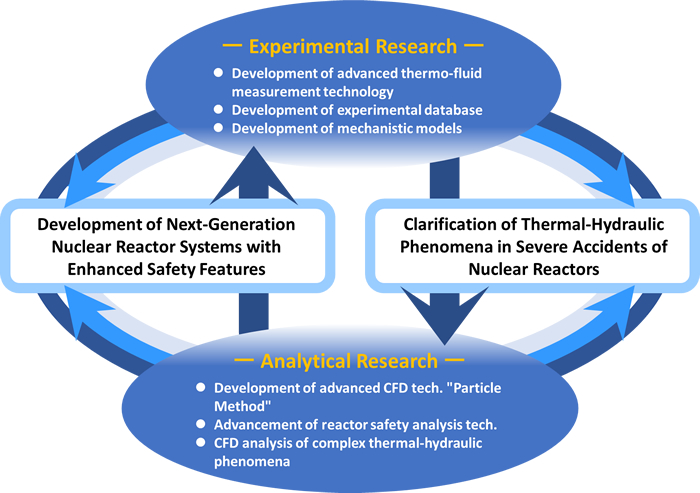
Development of Next-Generation Nuclear Reactor Systems with Enhanced Safety Features
Development of Passive Safety Systems that Eliminate Severe Accidents
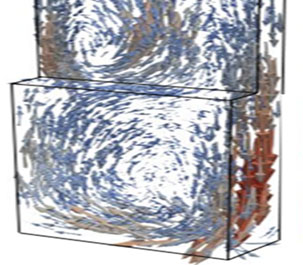
To prevent the occurrence of severe accidents in an event that exceeds safety design assumptions, we investigate the engineering feasibility of an advanced passive reactor shutdown system that uses natural phenomena to shut down the reactor without relying on external power or manipulation.
Elucidation of Thermal-Hydraulic Phenomena Related to IVR and Development of Mechanistic Models
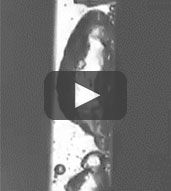
To realize In Vessel Retention (IVR) in the event of reactor damage in a severe accident, we are experimentally clarifying the governing mechanism of the Critical Heat Flux (CHF) related to cooling performance, construct a physical model, and use a CFD code to understand complex flow phenomena. We also develop advanced measurement techniques.
Clarification of Thermal-Hydraulic Phenomena in Severe Accidents of Nuclear Reactors
Development of Numerical Simulation Technology for Multi-Component Multiphase Flow Phenomena
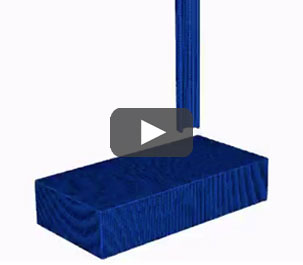
In order to clarify complex thermal-hydraulic phenomena in which solid, gas, and liquid phases mix and flow with phase changes during severe accidents, we are developing an analysis method using the latest next-generation CFD technology called the “particle method,” which represents the flow as a virtual collection of particles and taking on the challenge of clarifying multicomponent multiphase flow phenomena during accidents.
Study on the Transport Behavior of Aerosols with Regarding to Source Term Release
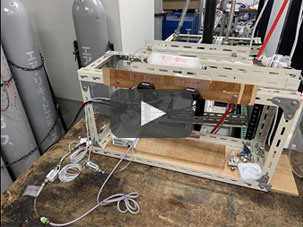
In order to evaluate the transport behavior of radioactive materials such as cesium (source term) generated in severe accidents into the environment, we are conducting experimental studies to clarify the aerosol behavior leaking from penetrations and damaged areas of the reactor containment vessel, developing a physical model, and evaluating the transport behavior using a CFD code.
Clarification of Damaged Core and Source Term Behaviors under Severe Accident Conditions
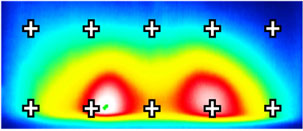
Convective heat transfer experiments in a particle-packed layer with internal heat generation are being conducted to clarify the coolability of debris-like sediment fuel remaining in a damaged core during a severe accident, and the results will be reflected in the advancement of reactor safety analysis codes. We are also developing a physical model to analyze the in-core migration behavior of the source term released from the damaged core.